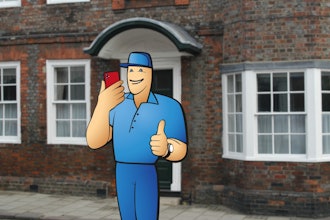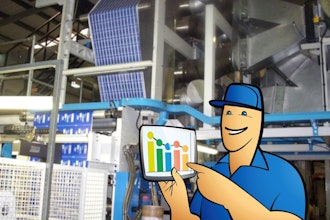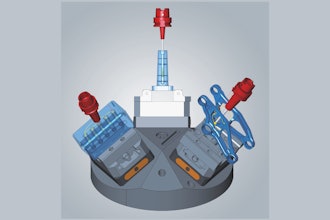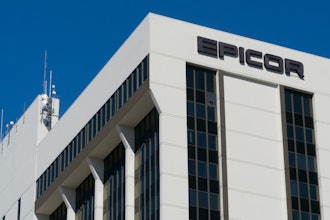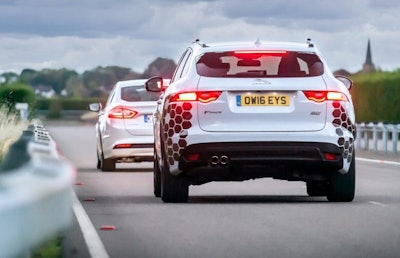
If you've heard it once, you've heard it a million times — self-driving vehicles will be revolutionary. With integrated vehicle-to-vehicle (V2V) communications and vehicle-to-infrastructure (V2I) communications, self-driving cars are already pushing the technological envelope.
What pushed the envelope even more so in the UK was a demonstration of these technologies all working together, thanks to a cross-company collaboration dubbed the UK Autodrive project.
During the demonstration, a vehicle displayed V2V communications by telling cars directly behind that it had braked abruptly while also alerting the drivers of the vehicles. The potential for this functionality is rather clear — to improve the safety of drivers. In certain situations, such as poor weather conditions due to rain, snow, fog, etc., drivers may not have a good view of what’s happening ahead. This technology will alert the vehicle, as well as the driver, so they have ample time to respond.
In addition to V2V communications, V2I communications were also demonstrated. Information was sent from traffic lights to vehicles, allowing vehicles to properly adjust their speed when encountering a red light. Implementation of such connected technology could improve traffic flow and reduce emissions
 (Image credit: UK Autodrive Project)
(Image credit: UK Autodrive Project)The demonstration was the final result of the first set of connected car trials as part of the UK Autodrive project. In addition to the aforementioned project, the trials also incorporated the "Low-Carbon Urban Transport Zone" (LUTZ) Pathfinder project.
Trials were conducted over two weeks at the Horiba Mira proving ground in Nuneaton by participating partners including Jaguar Land Rover, Ford, and Tata Motors European Technical Centre (TMETC).
In addition to the communications trials, Jaguar Land Rover revealed its Advanced Highway Assist functionality, which allows vehicles to stay in their designated lane autonomously on a highway. It can also overtake slower-moving vehicles autonomously.
And, it’s not over just yet. More trials are planned at the proving ground early next year and, later next year, trials will take place in restricted areas of Milton Keynes and Coventry. In addition, a series of open road trials and more demonstrations are scheduled for 2018.









